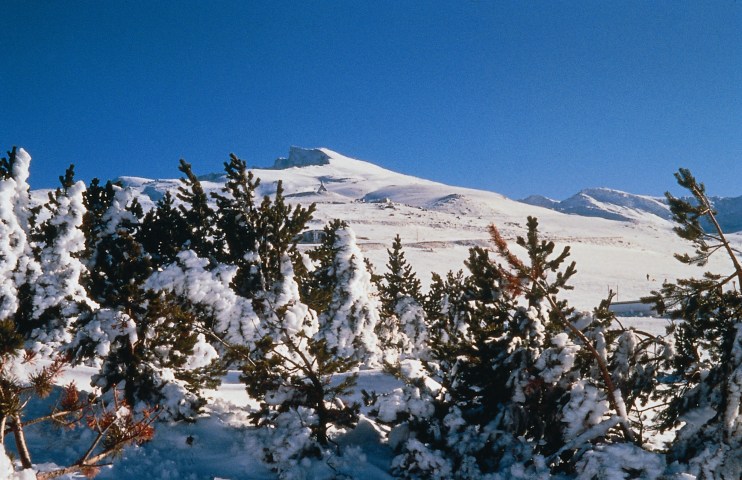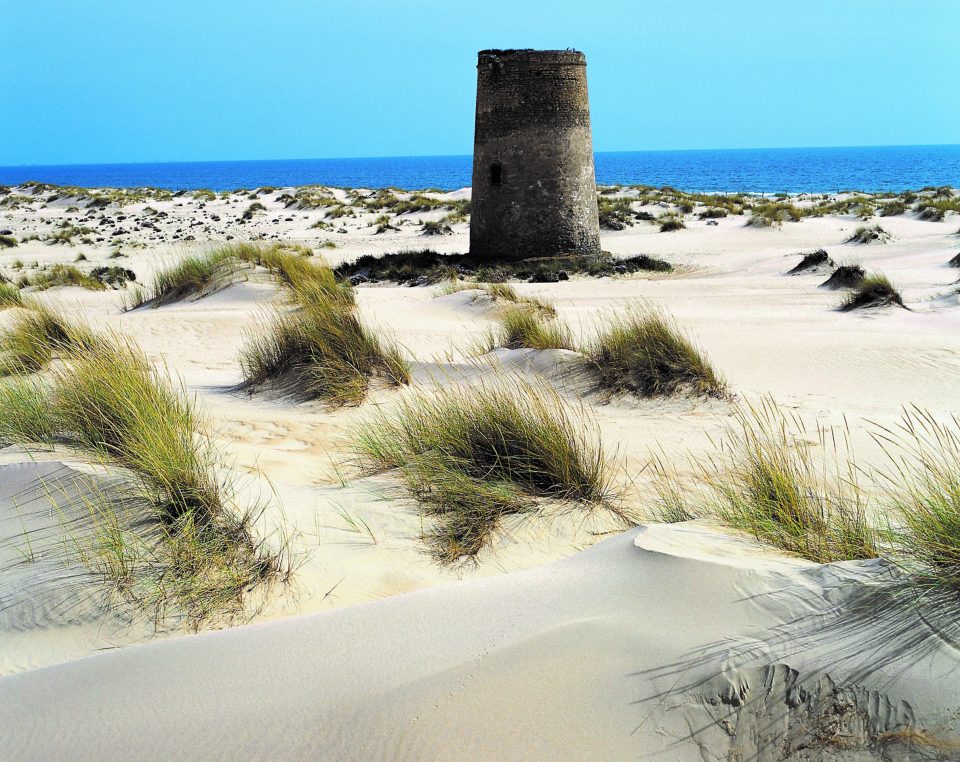Rugged beauty: exploring the diversity of Spain’s natural landscapes

When pondering Spain, the first images that probably come to mind are long stretches of coastline swathed in golden sands, bustling plazas full of happy chatter, and plates of delicious local tapas washed down with cañas. And while all this does indeed exist in abundance, what often flies under the radar is the country’s assortment of spectacular National Parks.
There are 11 in total on the maindland, each with its own richly diverse landscape. From towering, jagged-tipped mountains, to icy glacial lakes, and some of the deepest caves yet discovered on the planet, Spain has a wealth of natural beauty primed to be explored.
Many choose to immerse themselves in the fabulous scenery of the Picos de Europa in northern Spain. Part of the Cantabrian Mountain range that spans across Asturias, Cantabria and León, and encompasses 11 villages, it’s the country’s only inhabited nature reserve, offering a unique perspective of everyday life unfolding among breathtaking beauty. It’s also home to diverse wildlife including brown bears, roe deer, and the Iberian wolf, not to mention possibly the most famous summit in Spanish mountaineering, the limestone peak of Naranjo de Bulnes, which stands at 2,519m high. Easily reachable by car and with more than 30 self-guided routes available, Picos de Europa is one of Spain’s most easily accessible national parks.
Continue east on Spain’s northern border and eventually reach the Ordesa y Monte Perdido National Park. Set among the majestic Pyrenees, this region offers vertiginous peaks, which soar skywards reaching between 700m and 3,000m high. Unsurprisingly, it’s a hikers’ and climbers’ paradise with untold number of challenging trails and rock faces to scale. Meadows, forests, and gorges also abound, fed constantly by crystal-clear water that trickles down from perpetually snow-covered crests, infusing the park’s 1,500 species of plants with life. Visit in summer to witness an explosion of colour and waterfalls, or in winter to behold the Monte Perdido glacier at its most magnificent.

Travelling south and the peaks climb higher still. In Sierra Nevada, Spain’s largest national park, which covers a staggering area of over 85,000 hectares, there are over 15 mountains with an altitude over 3,000m. Mount Mulhacén, the highest peak in the Iberian peninsula and the whole of western Europe (aside from the Alps) stands at a lofty 3,479m. Such elevation makes this particular park a must-visit for ski fans who relish swooping down mountainsides and exploring over 100km of demanding pistes. Those who prefer their slice of adventure away from the slopes find solace in the region’s pretty villages like Bubión and Capileira, where the warm welcome is matched in greatness by the staggering panoramic views.

For something a little different head to Doñana National Park in southwest Spain, a haven of flora and fauna and home to more than 230 species of birds, including flamingos and the endangered Spanish imperial eagle. Widely considered one of Europe’s most important wetlands, what’s particularly striking here is the immense diversity. Marshland melts into lush lagoons and pine groves, while white sand beaches are backed by towering cliffs and constantly evolving dunes. They’re best explored on foot, or for an added dose of daring, hop on a bike, boat or horse and marvel as that magic of myriad ecosystems unfurl all around. Twitchers bask in the broad range of wintering European and African birds, while foodies devour delicacies in the nearby cities of Cádiz, Seville, and Huelva.

Much like Spain itself, the Doñana region is a microcosm of wonder, where countless plants, animals and landscapes are afforded the space and freedom to flourish — an intoxicating world lies in wait.

To find out more visit www.spain.info/en